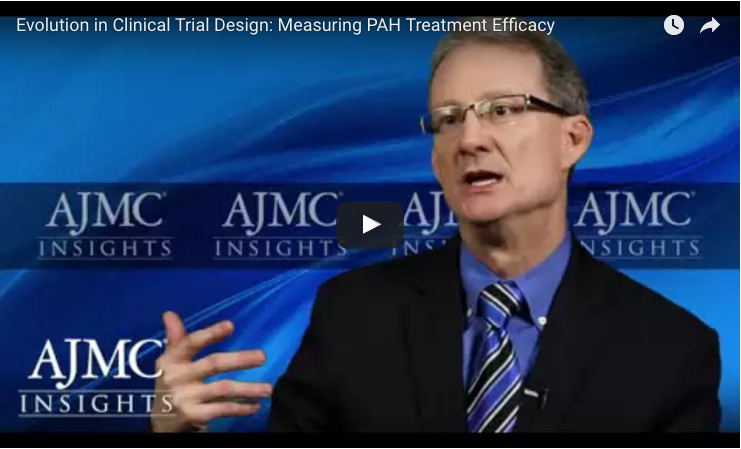Measuring PAH Treatment Efficacy and the Evolution in Clinical Trial Design

Pulmonary hypertension (PH) is a disease diagnosed when arteries responsible for carrying blood become thick, stiff and clogged. Pulmonary hypertension is a serious and overwhelming disease and it’s commonly misdiagnosed because its symptoms are similar to other lung conditions.
But how is pulmonary hypertension diagnosed?
Besides being a serious condition that causes shortness of breath, pulmonary hypertension is also extremely dangerous since it has very few treatment options available, and no known cure. Fortunately, science and research is constantly evolving, leading to new discoveries that can mean new treatment options for PH. In this video, shared by AJMCtv, listen to Dr. Charles Burger, as he talks about the challenges of evaluating treatments for pulmonary arterial hypertension and how clinical trials for PAH design have been evolving, from surrogate endpoints to ones that are more outcomes-based.
Find out more about pulmonary hypertension and clinical trials.
Pulmonary Hypertension News is strictly a news and information website about the disease. It does not provide medical advice, diagnosis or treatment. This content is not intended to be a substitute for professional medical advice, diagnosis, or treatment. Always seek the advice of your physician or other qualified health provider with any questions you may have regarding a medical condition. Never disregard professional medical advice or delay in seeking it because of something you have read on this website.







